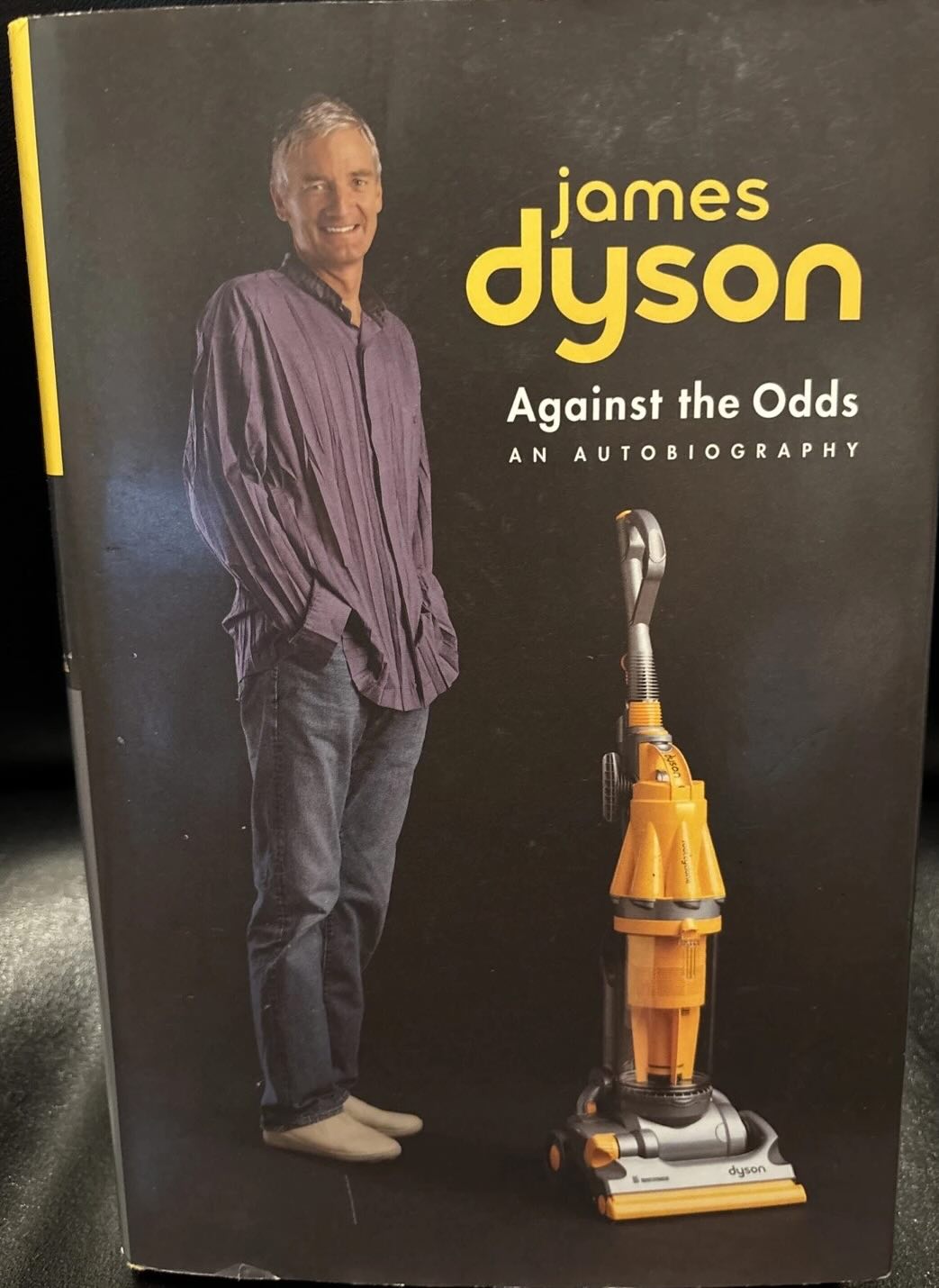James Dyson Part 2: Learning the Painful Way
In 1979, James Dyson got Kirk-Dyson Designs off the ground with borrowed money. According to his autobiography, things didn’t start well. Within months, he’d gone through two molding partners who reneged on fixed-price agreements. He was forced to build the parts and borrow £45,000 at a 25% interest rate to buy a molding machine.
The “Ballbarrow from Kirk-Dyson Designs” launched in May 1979. At first, it failed. The construction industry and garden retailers were used to wheelbarrows and unwilling to try something new. James learned a valuable psychology lesson: entrenched professionals will resist change longer than consumers. James didn’t know how to sell to consumers, but going direct was his only option. He ran a newspaper ad and checks started flooding in. The company became profitable.
The ad led to a gardening journalist demoing the product, loving it, and writing a glowing review. This taught James a few things:
- Journalists are the first to see potential in an invention.
- People are likelier to believe someone who has tested the product.
- One journalist’s review is worth a thousand ads.
A large direct-selling company reached out, and Kirk-Dyson began drop-shipping orders for it. The company had a 50% market share, was selling 45,000 Ballbarrows annually, and recorded £600,00 in annual revenue.
Consumer inquiries led retailers to begin asking for the product. James hired an inexperienced sales manager, who suggested abandoning direct sales and wholesaling to distributors. This was a terrible mistake. Kirk-Dyson lost contact with the consumer, and margins were cut in half because margin for wholesalers had to be factored into the retail price. The company’s cash flow became negative, and it had to borrow more money.
With sales growing, the board of directors authorized spending money on unnecessary investments. James, focused on cash flow, objected but was overruled. The company borrowed £150,000. It was forced to raise capital by selling one-third of the company for £100,000. James’s stake was reduced to one-third, making him a minority shareholder. He was also the only rational voice on his board of directors.
Between 1975 and 1977, Kirk-Dyson had a 70% market share. Financially, though, the company was struggling. It had roughly £200,000 in debt at a 25% interest rate—the interest payments alone were £50,000. The company couldn’t support those debt payments.
The board decided to sell a U.S. license to get on track financially. The sales manager bolted to a U.S. competitor, copied Ballbarrow, and started selling in the United States. The board sued, despite James’s objection because of the cost. They spent a fortune on legal fees but lost the case, and James wasted a year traveling between the United States and the U.K. as his mother was dying from cancer.
Reducing debt was a must. James wanted to capitalize his loans and wanted the other two major shareholders to do the same. The board, on the other hand, wanted to sell the rights to the Ballbarrow. In January 1979, it did, and at the same time fired James.
Kirk-Dyson was a sales success but a financial and personal failure. The company didn’t make money, and James’s sister and brother-in-law didn’t speak to him for ten years after the firing.
From this, James learned valuable lessons about voting control and boards of directors. Control is everything to entrepreneurs; losing it can lead to losing their company. Choose your board carefully. Investors and “businessmen” don’t think or act like founders.
James also learned how debt triggers reverse psychology for small companies. When you don’t have money, you start thinking of all the things you could do if you had money and end up overspending, getting further into debt. When you have money, you’re not desperately thinking of ways to make money, so you’re careful and don’t spend on frivolous ideas. Being free from debt frees you to think clearly and negotiate from a position of strength.
Fired from the company he founded, James had to figure out what was next.
Prefer listening? Catch audio versions of these blog posts, with more context added, on Apple Podcasts here or Spotify here!




